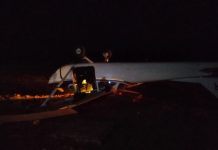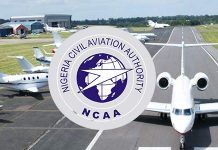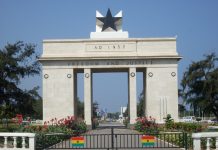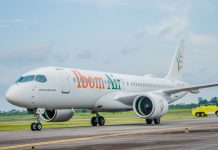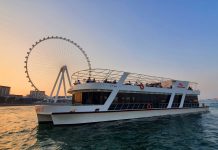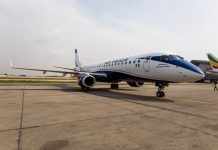A Delta Air Lines jet carrying 80 people crashed and flipped upside down while landing at Toronto Pearson International Airport, injuring at least 18 passengers but causing no fatalities. The CRJ-900 aircraft, arriving from Minneapolis, overturned upon touchdown at around 3:30 p.m. local time on Monday.
Passengers described the terrifying moment as the plane tumbled, creating a fireball and leaving them hanging upside down in their seats. “We were upside down, hanging like bats,” recalled Peter Koukov, who managed to unbuckle himself and stand on the ceiling. Flight attendants assisted others in evacuating through emergency exits as thick black smoke billowed from the aircraft.
Air traffic control audio captured the urgency of the situation, with one official declaring, “This airplane just crashed.” A Medevac helicopter flying above reported seeing the jet “upside down and burning” as passengers scrambled to escape. Emergency responders arrived swiftly, dousing the wreckage in fire retardant and evacuating everyone.
Authorities confirmed that 17 injured passengers were taken to local hospitals, with a later update stating an 18th was also transported. Initial reports from Ornge, Ontario’s air ambulance service, mentioned critical injuries, including a child, a man in his 60s, and a woman in her 40s. However, officials later clarified that most injuries were relatively minor.
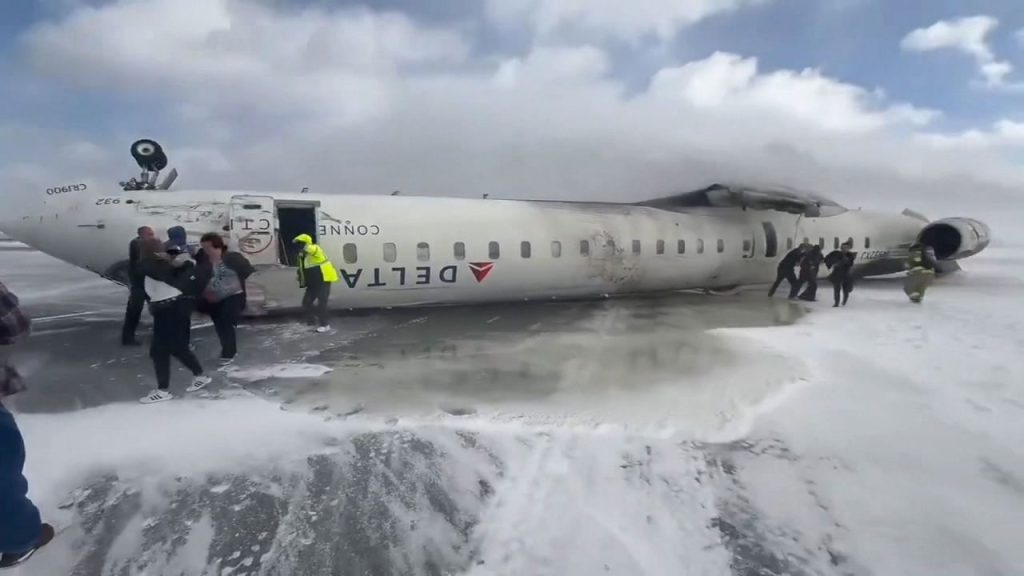
While investigators have not determined the exact cause, the incident occurred amid strong winds following back-to-back winter storms. Toronto Pearson had been dealing with nearly nine inches of accumulated snow, and air traffic controllers had warned pilots of 38 mph wind gusts just minutes before the crash. However, officials later stated that the runway was dry and there were no crosswinds, contradicting some passenger accounts.
The crash forced the temporary shutdown of all five runways at Canada’s busiest airport, causing widespread flight delays and diversions. Two runways remain closed as investigators from the Transportation Safety Board of Canada, Peel Regional Police, and the U.S. National Transportation Safety Board examine the wreckage.
Aviation analysts compared the crash to a 1987 Denver accident that killed 28 people when a DC-9 flipped over. However, safety improvements, including stronger seats and a breakaway wing design, helped prevent fatalities in Toronto. Experts believe the CRJ-900’s design, which allows rapid evacuation after a crash, played a key role in saving lives.
Delta, along with airport officials, praised the swift response of emergency crews. Deborah Flint, CEO of the Greater Toronto Airports Authority, commended first responders for their heroic actions, stating, “No airport CEO wants to have these press conferences, but this outcome is due in part to their professionalism and training.”
This incident marks the fourth aviation accident in North America in less than a month, following a fatal midair collision between a commercial jet and a U.S. Army helicopter near Washington, D.C., that killed 67 people.



